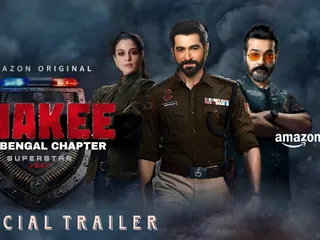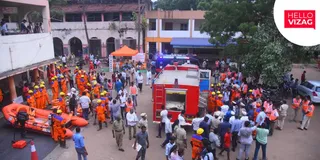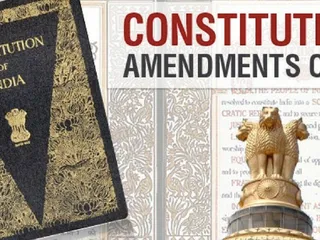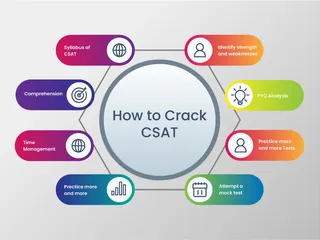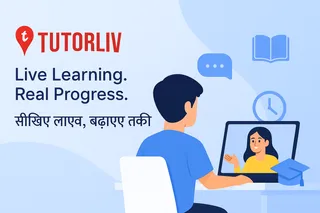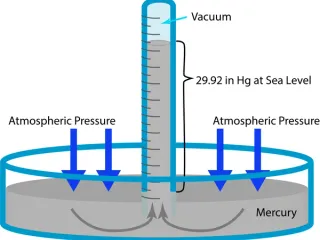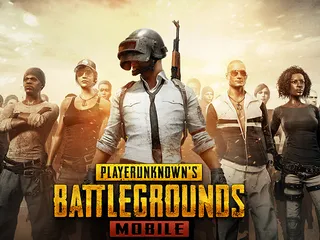Mock drills, or simulations, are crucial for effective emergency preparedness. They provide a controlled environment to practice responses to various potential threats, allowing individuals and organizations to identify weaknesses and refine procedures before a real event occurs. This proactive approach significantly improves response times and minimizes potential damage and casualties.
Types of Mock Drills
- Fire Drills: Practicing evacuation procedures in case of fire.
- Active Shooter Drills: Simulating response to an active shooter situation, emphasizing run, hide, fight strategies.
- Earthquake Drills: Preparing for earthquakes, including "drop, cover, and hold on" techniques and post-quake procedures.
- Evacuation Drills: Practicing efficient and safe evacuation from buildings or areas.
- Tabletop Exercises: Scenario-based discussions used for planning and evaluating response strategies.
- Full-Scale Drills: Involving multiple agencies and simulating a large-scale emergency.
Best Practices for Effective Mock Drills
- Clear Objectives: Define specific goals and measurable outcomes.
- Realistic Scenarios: Use realistic scenarios to challenge participants.
- Debriefing Sessions: Conduct thorough post-drill analysis to identify areas for improvement.
- Regular Practice: Conduct drills regularly to maintain proficiency and address changing circumstances.
- Documentation: Keep detailed records of drills, including participation, observations, and areas for improvement.
Resources
For further information and guidance on developing effective mock drills, you can consult resources such as:
- Ready.gov (USA) - Offers comprehensive guidance on emergency preparedness.
- FEMA (USA) - Provides resources and training on disaster preparedness.
- (Add other relevant links for your region/country)
Remember, proactive preparedness through regular mock drills saves lives and minimizes the impact of emergencies.









